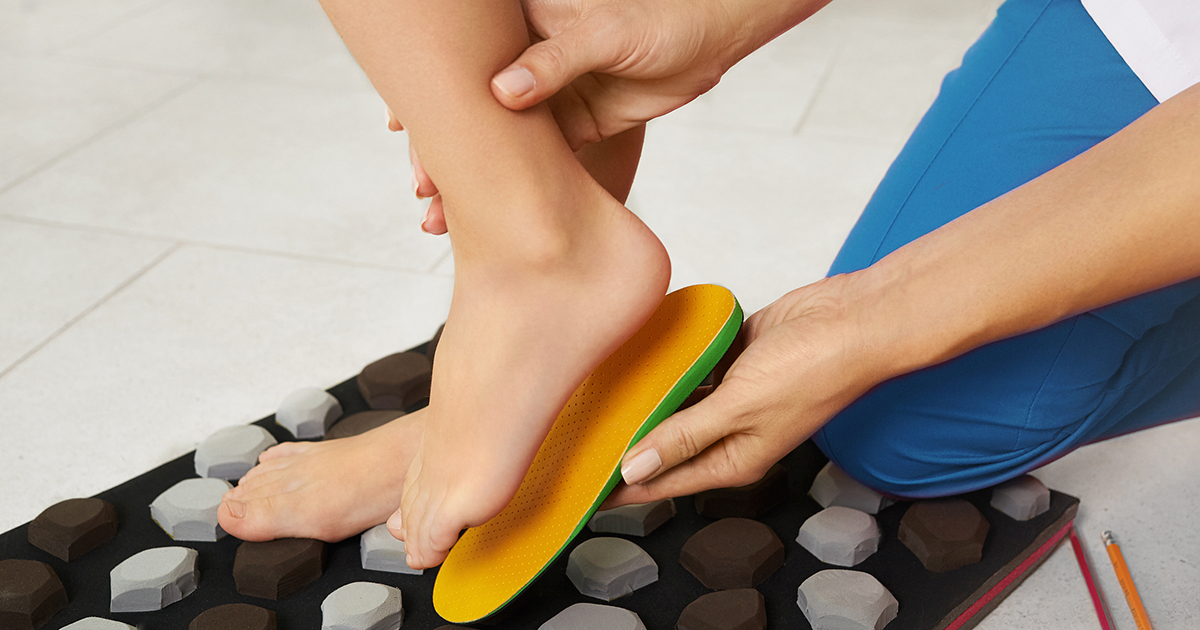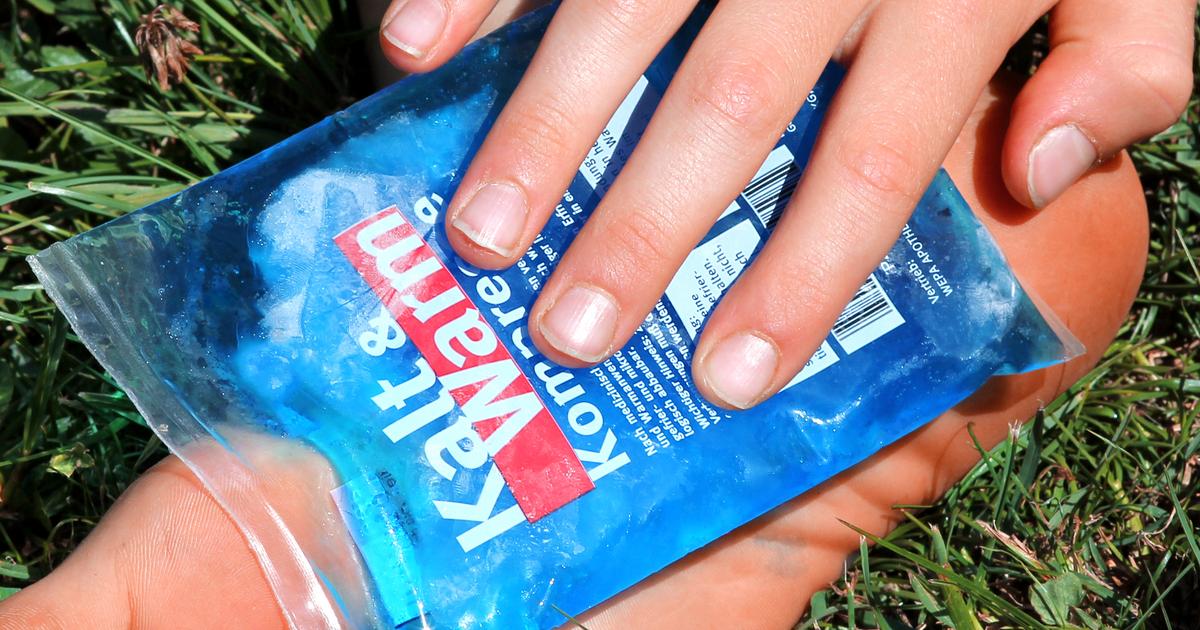Guide To Treating And Preventing Sesamoiditis
Elevate And Ice The Foot
Another way to ease the pain of sesamoiditis is to elevate and ice the foot. Ideally, the foot should be raised above heart level, and this is best done if the individual is lying down and their affected foot is propped up on a pillow. An ice pack or bag of frozen vegetables (such as peas) should be used on the bottom of the foot. Ice should never be placed directly on the skin, and even an ice pack should be wrapped in a light towel to eliminate the risk of frostbite. The ice pack should be applied for about ten minutes at a time, then removed for ten minutes and repeated for twenty-four to forty-eight hours after the individual first feels the pain.
Discover more ways in which sesamoiditis can be treated by reading more now.
Orthotics

Orthotics are devices worn on the foot or in the shoe to treat issues involving the feet or ankles. In the case of sesamoiditis, sometimes all that is needed for relief is a felt or foam rubber pad inside the shoe. This supports the foot as it is healing from the condition. Some doctors tape the patient's big toe so it is flexed slightly downward. Doctors may also insert a metatarsal pad in a way that spreads the pressure more evenly around the front of the foot. A metatarsal pad would usually support the big toe. Sometimes plain but sturdy flat shoes relieve some of the strain from the big toe and the ball of the foot. As the patient heals, they can transition to wearing shoes that support their arches, though they should no longer wear high heels.
Reveal more on treating sesamoiditis effectively now.
